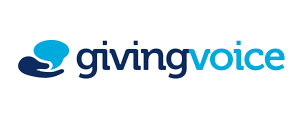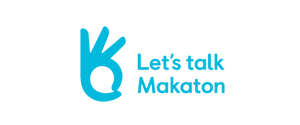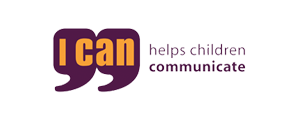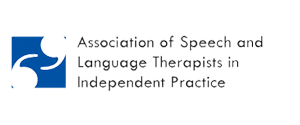Stroke
Stroke occurs when the blood supply to the brain is cut off or disturbed. This destroys or causes damage to part of the brain where the stroke has occurred.
The damage to the brain caused by stroke can affect a child’s development and existing skills set. Depending on where in the brain the stroke has occurred, different aspects of development and pre-existing skills will be impacted upon, for example; damage to the left side of the brain can affect a child's language abilities.
Our speech and language therapists can provide therapy to increase your child’s speech and language skills that have been impacted on by the stroke. They will work with your child to maintain their existing skills, improve their communication skills and create new skills.
How common is a Stroke in children?
In the United Kingdom, research suggests stroke occurs in 13 children per every 100,000 children. There are around 400 childhood strokes in the United Kingdom every year. There are approximately 200 babies who have a stroke every year in the United Kingdom.
What causes a stroke?
The causes of a stroke vary between adults and children. In adults, stroke is usually the result of high blood pressure, irregular heartbeat and lifestyle choices. These causes are rare in children, the causes of a stroke in children tend to be the result of pre-existing conditions.
Causes include:
- Sickle cell disease
- Congenital heart diseases
- Trauma to the head and neck
- Infectious disease
- Vascular problems
- Heart disorders
- Blood disorders
- Surgery
- Arterial dissection
- Moyamoya disease
Stroke that occurs in children from pregnancy through to 28 days after birth is usually caused by blood clots from the placenta that have broken off and lodged inside the child’s brain as result of a blood clot disorder the mother or child has.
What are the signs of a Stroke in children?
The symptoms associated with stroke in adults are similar to those in children. Although they are very often missed in children of a young age. Some signs and symptoms include:
- Seizures in one part of the body, e.g. leg.
- Difficulties in breathing.
- Difficulties with eating.
- Preference of one particular hand earlier than developmentally appropriate.
- Developmental delay.
- Headaches.
- Vomiting.
- Weakness or paralysis on one side of the body.
- Blurred vision.
- Slurred speech.
- Language delay.
- Difficulties with swallowing.
- Restricted movement in arms or legs.
- Sudden change in mood and behaviour.
- Memory loss.
How to support children after a Stroke with their speech and Language?
Our speech and language therapists will work alongside you to create a therapy plan based around your child's individual support needs. Our therapists can carry out observation, assessment and therapy sessions at home, in school and clinic.








